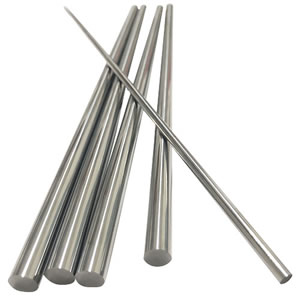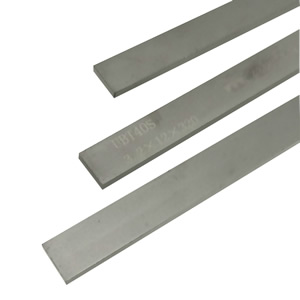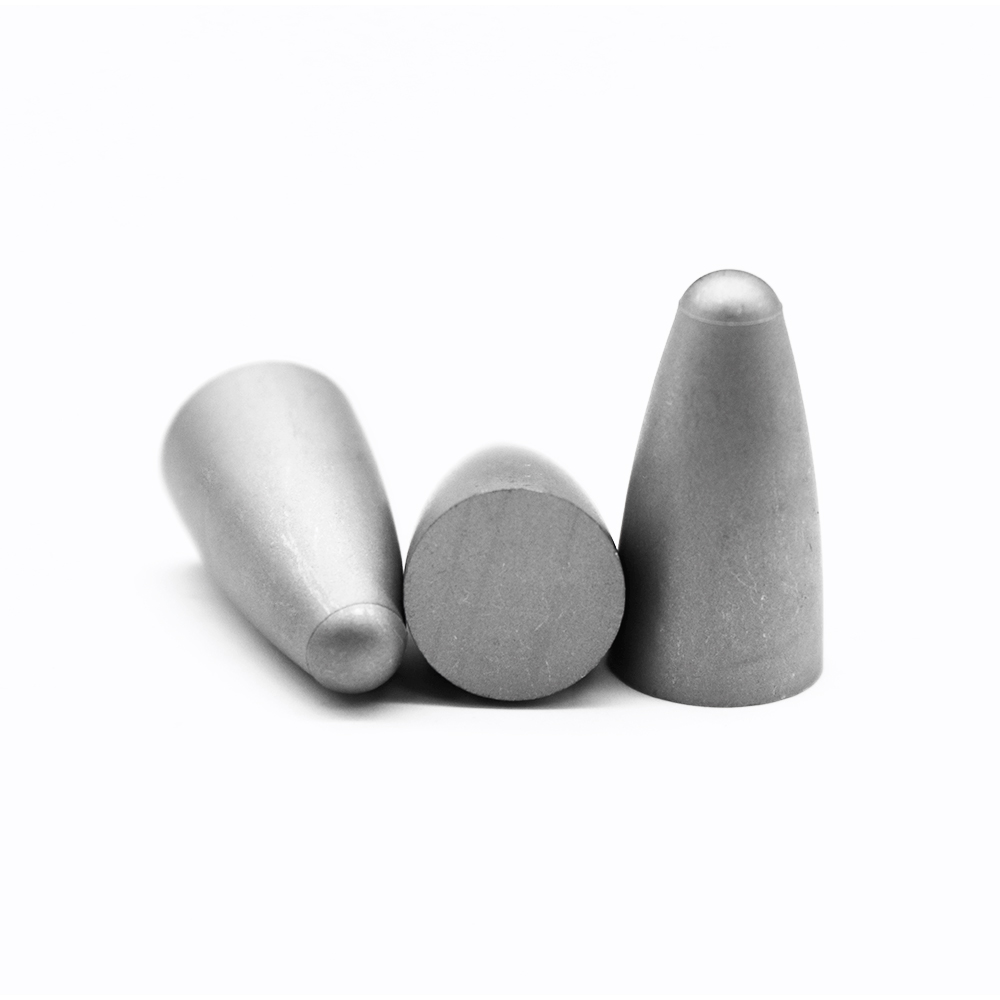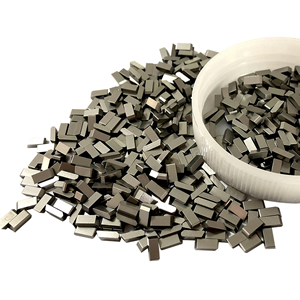What is Brazing
What is Brazing

Brazing is a metal-joining process that involves the use of a filler metal, which is melted and distributed between two or more closely fitted surfaces. This technique is distinguished from welding by its lower temperature, where the base metals do not melt but are heated to a temperature above 450°C (about 842°F). The filler metal typically has a melting point above this temperature but lower than that of the workpieces. Brazing is widely used in various industries due to its effectiveness in creating strong, durable joints.
The Brazing Process
The brazing process can be broken down into several key stages:
1. Preparation of Surfaces: The surfaces of the metals to be joined must be cleaned thoroughly to remove any oxides, dirt, or grease. This can be accomplished through mechanical cleaning methods like grinding or sanding, or chemical methods such as pickling.
2. Assembly: After cleaning, the components are aligned in close proximity, ensuring a tight fit. Proper alignment is crucial because the space between the parts affects how well the filler metal will flow and bond.
3. Heating: The assembly is then heated using various methods, including torch brazing, furnace brazing, induction brazing, or resistance brazing. The heating must be uniform enough to reach the required temperature without causing the base metals to melt.
4. Application of Filler Metal: Once the base metals are sufficiently heated, the filler metal, which is often in the form of rods, sheets, or powders, is introduced. It is drawn into the joint by capillary action. The filler metal then flows into the gap between the metal pieces, forming a solid bond as it solidifies.
5. Cooling and Finishing: After the joint has been completed, it is allowed to cool, and any excess filler metal can be removed through machining or grinding. The finished assembly is often subjected to testing to ensure that the joint meets the required specifications.
Advantages of Brazing
Brazing offers several advantages compared to other joining methods like welding or soldering. One of the primary benefits is the ability to join dissimilar metals. This capability is vital in industries where varied materials must work together, such as in the construction of heat exchangers, automotive components, and electronic devices.
Another significant advantage is the reduced thermal impact on the workpieces. Since the base metals do not melt during the process, there is less risk of warping or altering physical properties like hardness and strength. This characteristic also allows for a broader range of materials to be joined, including those that are difficult to weld.
Additionally, brazed joints generally exhibit good mechanical properties, making them suitable for applications requiring high strength and durability. The process also allows for the creation of complex geometries that might be challenging to achieve with other joining methods.
Applications of Brazing
Brazing is utilized in various industries, including:
Automotive: In automotive manufacturing, brazing is often used to join components in radiators, exhaust systems, and transmission assemblies.
Aerospace: In the aerospace sector, brazing is employed to assemble critical components such as turbine blades and heat exchangers, where reliability is paramount.
Electronics: Brazing is used to create connections in electronic devices, providing a strong bond for components that must withstand thermal and mechanical stress.
Plumbing: In plumbing and HVAC systems, brazing is a common method for joining pipes and fittings, ensuring leak-free connections.
Conclusion
In summary, brazing is an essential technique in modern manufacturing and repair processes, providing strong and durable joints without the need for melting the base metals. Its versatility, efficiency, and ability to join dissimilar materials make it an invaluable tool across various industries. As technology advances, the applications and methods of brazing continue to evolve, further enhancing its significance in engineering and manufacturing.





















